When Buick and Ed Lister created a work of art
Art is for everyone, but that does not mean it’s always universally appealing. Perhaps the work of Ed Lister comes the closest with his eye-catching paintings and murals, but he’s also responsible for a series of daring “impossible objects” during his tenure at London’s Chelsea School of Art.
As the Architectural Foundation of Santa Barbara put it, Lister’s “striking, hand-pulled prints play with our contemporary sensibilities.” Isn’t that statement also relevant to the final-generation Buick Skylark—the creative muse for one of Lister’s most popularized murals?
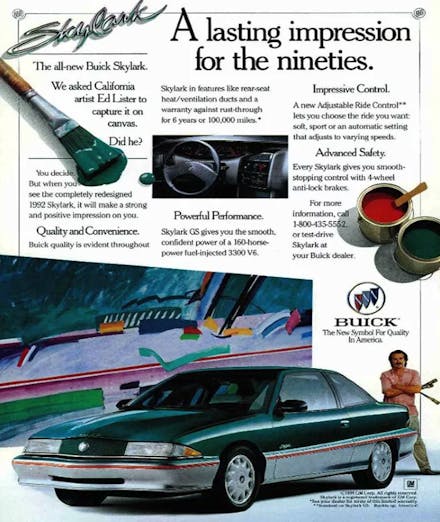
Lister’s tribute to the green, silver, and red pinstriped 1992 Buick Skylark GS littered the pages of every magazine of the day. He deconstructed the little Buick into its color palette and sought inspiration from its aggressive beak, which transitioned into upswept rear fender skirts.
The advertisement asks the reader to determine if Lister earned his commission. I submit that he totally nailed it. But that’s more of a compliment to the Skylark’s designers. As Surrealist genius Salvador Dalí once noted:
“A true artist is not one who is inspired, but one who inspires others.”
Both Buick and Ed Lister did a fantastic job trying to convince the mainstream that the new Skylark was the right compact car for their household. Truly this is an impossible object on par with Lister’s finest work from his time in academia.
But Lister’s abstract expressionism and the Buick Skylark’s radical design weren’t meant to be. They were selling tuna tartare in a meat and potatoes world. One can only hope that the Skylark’s product planners weren’t punished for their gamble, as Lister could pivot and produce brand-appropriate barnyard mural of the 1991 Buick Roadmaster (in photorealistic style).
The Roadmaster catered to a specific market, sharing little with the forward-minded demographic who’d buy a Buick Park Avenue, much less a Skylark. Perhaps the smaller a Buick got in the 1990s, the more it had to prove.
Motorweek knew the stakes were high, using phrases like “emotional shock,” “sharply divided,” and “very unique” to describe what the normally conservative brand had the nerve to put into production. The uprated 3.3-liter V-6 in the Skylark Grand Sport was still pretty slow thanks to a three-speed automatic, but the ride and handling was likely up to snuff for the radical-yet-thoughtful styling.
As if throwing a bone to the General’s public relations staff, Motorweek put a positive spin on GM’s new N-body with compliments to the sporty Grand Am and the “less controversial” Oldsmobile Achieva. Good for GM, but a rough start for the radical little Buick.
Which is a shame; the Buick coulda been the pick of the litter. Maybe not compared to the excellent, fifth-generation Honda Civic and its sweetheart VTEC engine, but the parts that Buick got right were light years ahead of milquetoast A-body Buick Centuries. (The Centuries were still in production and were a tidier fit for Buick’s core demographic.) Since that pool was shrinking with every passing year, the Skylark was a car for the audience Buick wanted, rather than the one it already had. Did the design go too far?
The sheer volume of radically styled, wholly unique parts (steering wheel, vents, etc.) inside the Skylark cannot be understated. You can’t tell from the angle of these photos, but the blackout center stack is worthy of the Tesla Model S—ditto the recessed instrument binnacle. Buick was trying hard with their N-body derivative, but the market was having none of that. More to the point, the 1992–98 Skylark’s sales were roughly half that of the previous (1985–91) generation. (It should be noted that there’s no readily-available sales data for the final year of production.)
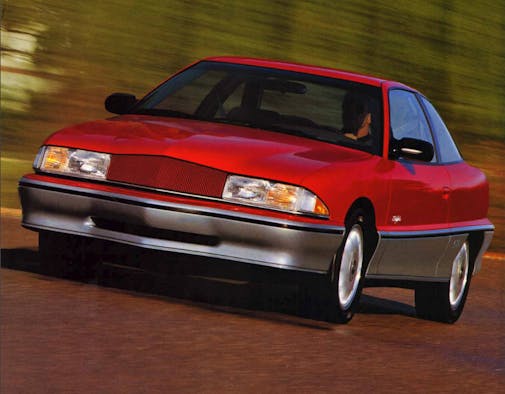
That’s a sobering statistic to consider, and it’s a safe bet the Skylark’s styling “pointed” to the main problem. Two years into production, the sharp-nosed albatross to Buick’s luxuriously conservative perception resulted in removal of all badging from the front fascia. The shame Buick felt is tangible, and perhaps the Skylark’s prospects were brighter had the beak been present at the rear, like the boattail Riviera.

The tri-shield badge made its comeback when the 1996 Skylark ditched its radical schnoz for something forgettable, something truly misguided when paired with those boxy flanks. The flanks no longer had a starting point in the front bumper, and lost their reason for existence. This is tantamount to placing Ed Lister’s mural in a Thomasville furniture showroom, with the same disastrous results: 1996 saw a 21 percent drop in sales over 1995.
Mercifully sales scaled up to 57,724 units in 1997: a decent showing until you consider the Honda Civic sold 321,144 units in the same year. Two premium priced compact cars, but one was the clear winner. The Skylark never had a chance, as Buick had a century’s worth of baggage (as it were).
Perhaps the Buick brand finally realized it was foolishly trying to be all things to all people. That notion made sense when OPEC was forcing downsizing, but this later era was famous for low gas prices and the proliferation of the SUV.
As the Skylark’s passing marked their transition to a more focused purveyor of luxury sedans with higher asking prices, it’s still a shame that Buick couldn’t have gone all in with the Skylark. The N-body itself had potential: consider the later addition of an independent rear suspension, the 3.3-liter’s kinship to the wonderful 3.8-liter V6, and the list goes on as you dig into GM’s portfolio of front-wheel-drive platforms. The high-end hardware could have ensured the 1992 Buick Skylark was more of a rolling tribute to Dada, becoming an import fighter that rejected the values and norms of its corporate mothership.
But no, as the powers that be ensured the Dadaist Skylark was kneecapped from the start, reduced to nothing more than an automotive expression made for the stereotypical Dad. Buick coulda built a contenda in 1992, but that big beak bolted up to a dodo bird. At least Ed Lister got something out of it.
***
Check out the Hagerty Media homepage so you don’t miss a single story, or better yet, bookmark it. To get our best stories delivered right to your inbox, subscribe to our newsletters.
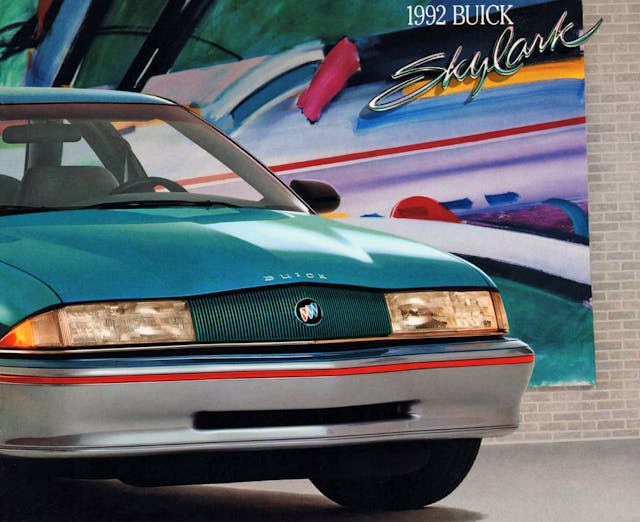
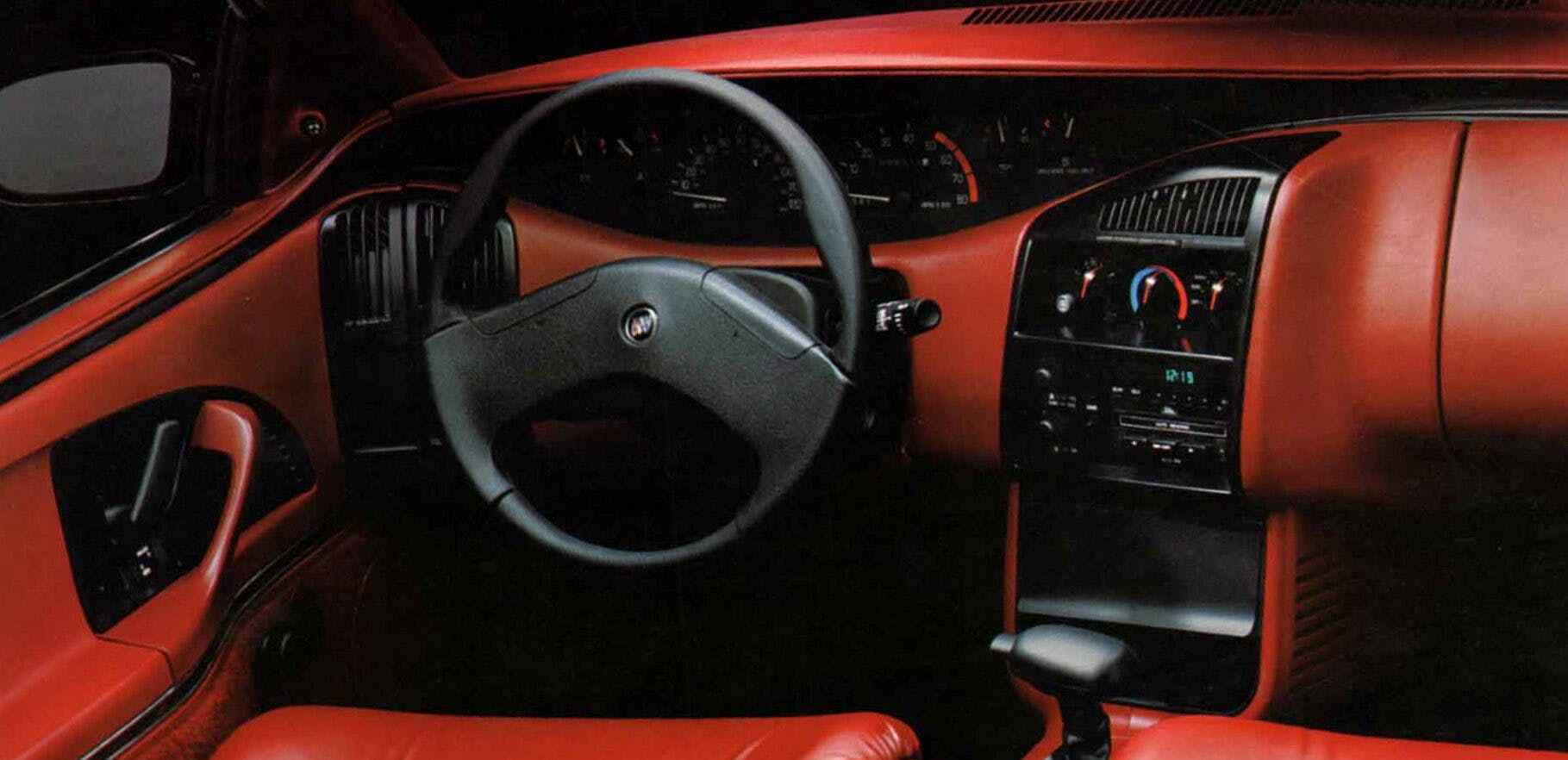
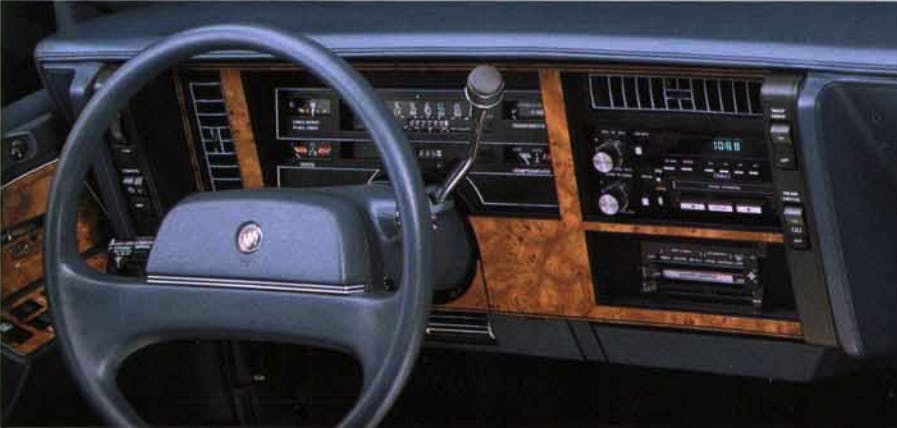
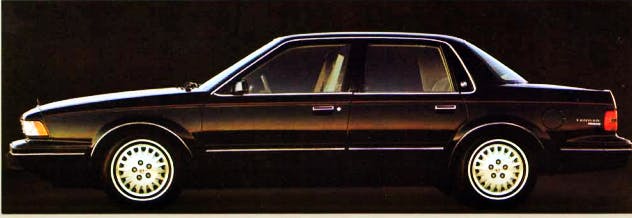
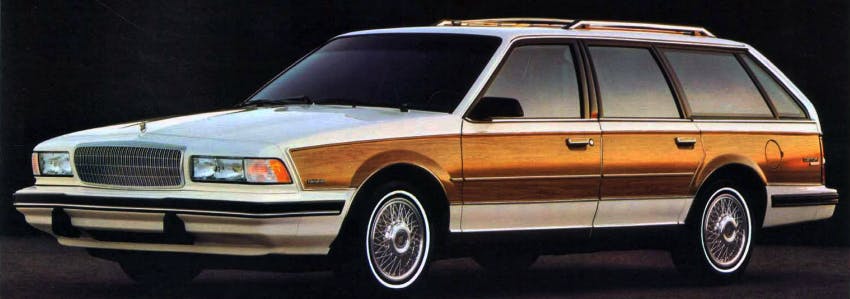
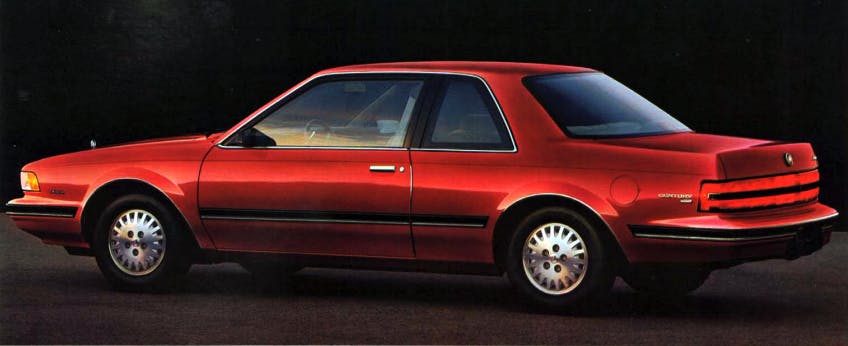
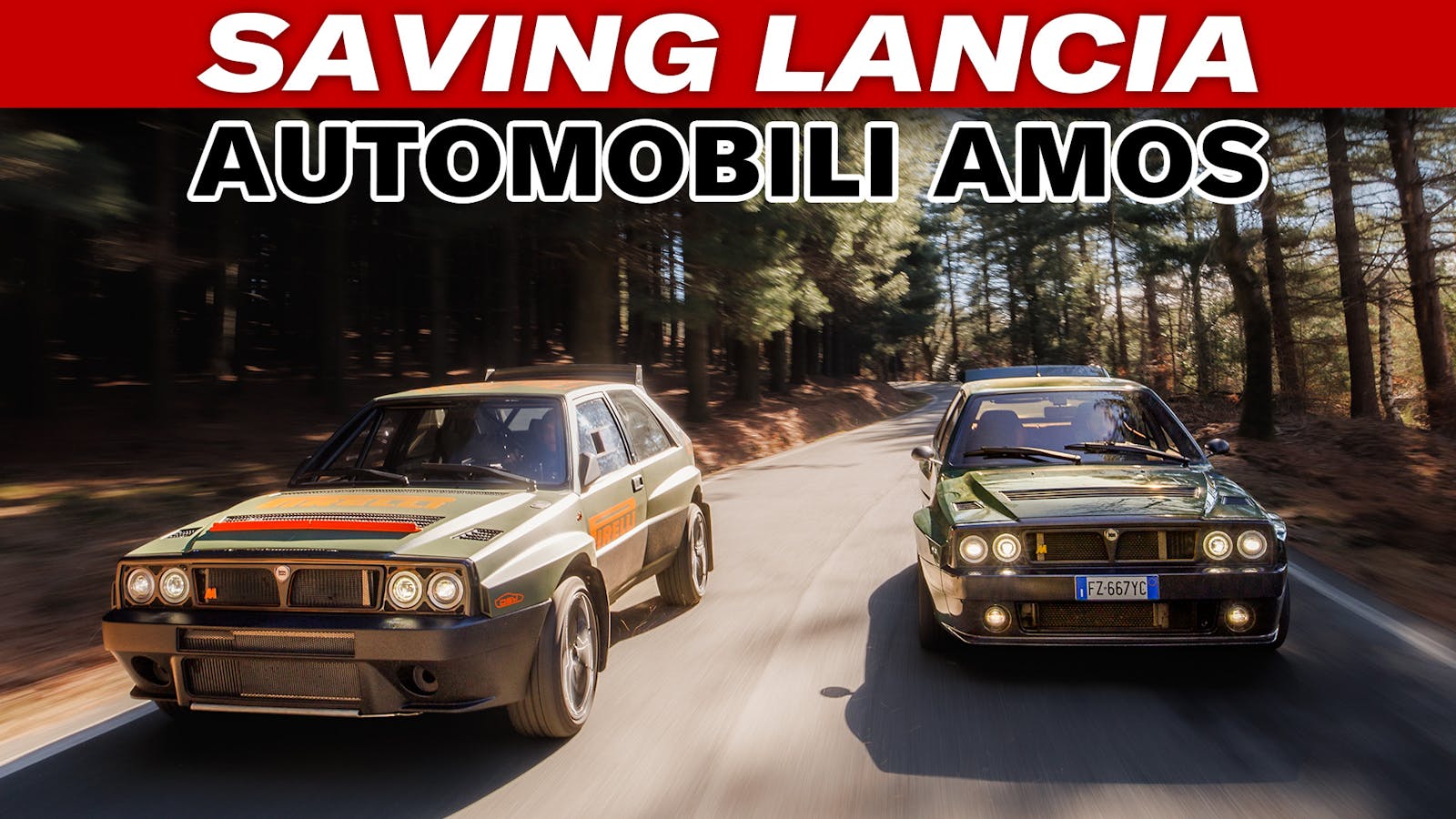

In the 1980s I had company cars. The ubiquitous Chevy Celebrity. Roomy, reliable, efficient, affordable for all families. Better value cars than the Asian offerings. At the same time we purchased a chevy Beretta – fast, fun, attractive coupe and a mid-size car. Easy to maintain. For a middle class American family mid-size Chevies and Pontiacs were all I considered. I thought buicks were old man’s cars. Olds Cutlass coupes were a step up from Chevy and Pontiac. A used cutlass preceded our Chevies. Sold it to a collector after 275000 miles. Sold our first Beretta to a collector too after 300000 miles. I worked for FIAT in the 1980s and they chose Chevy for their USA fleet. The CEO said the designs were clean and the prices and resale value were good. Yup.
I brought my 1983 SkyHAWK to get a state safety inspection yesterday and the four young mechanics couldn’t stop talking about it and ooing and ahhing over it. Funny how the disrespected become respectable over time.
This is excellent to hear.